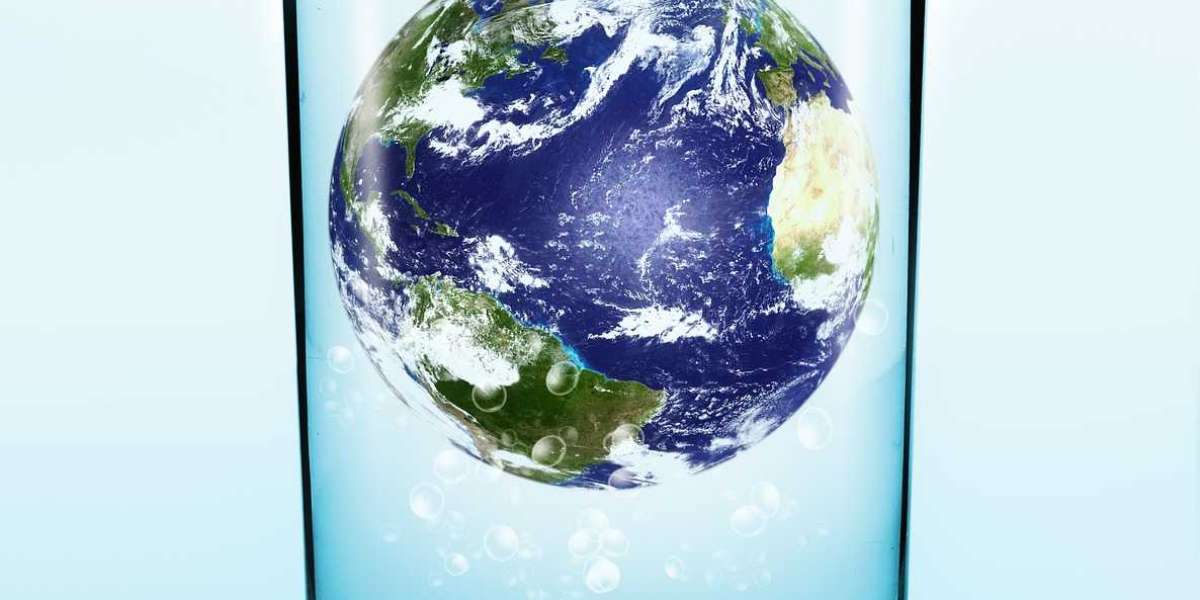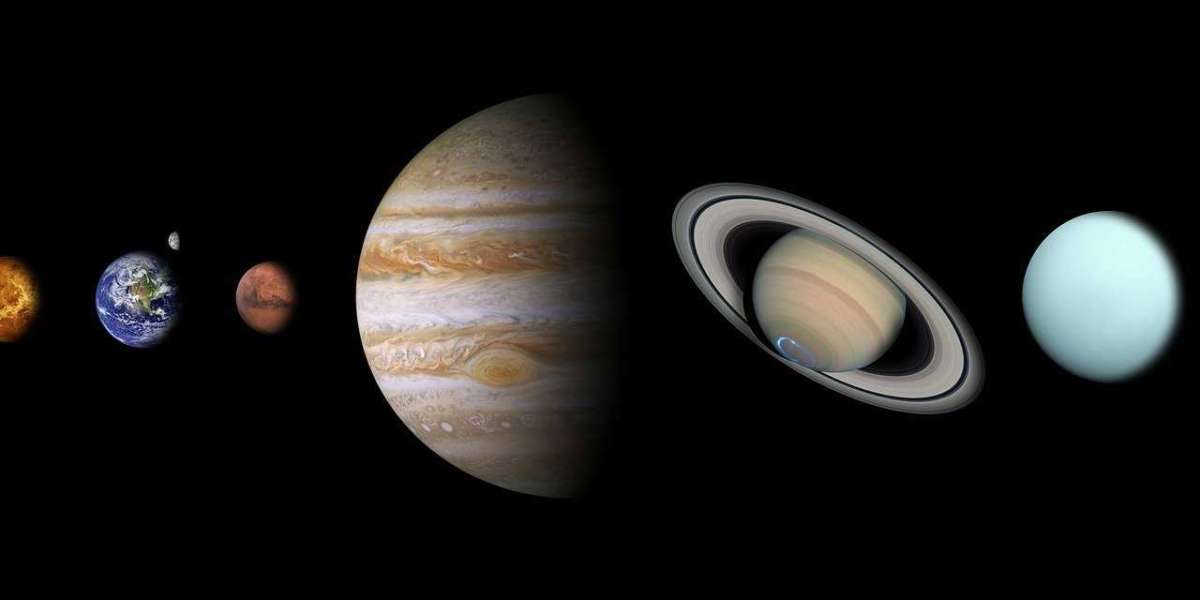A frightening vision has the power to transform a person's life. Amaia Rodrguez experienced something she will never forget five years ago. She confesses, "It was a personal trauma." This young woman observed firsthand an invasion of hundreds of thousands of plastic containers on the seas of a remote Asian sea, fouling everything in their route. Her experience instilled in her a sense of outrage, which she channeled into an idea: how might these damaging products be recovered from the oceans and repurposed as new raw materials?
After much thought and with the aid of his brother Julen, he established Gravity Wave two years ago, a social entrepreneurial project that aims to make a good impact on the globe via little acts of kindness. Its goal is to literally fish plastics out of the Mediterranean Sea and turn them into new valuable products like furniture and ornamental items. "We believe trash is garbage, but it is not. Any plastic can be valuable if we know what to do with it and how to use it," says Gravity Wave's CEO.

THE CIRCULAR ECONOMY IS ESSENTIAL FOR DECARBONATION PROGRESS. WHY MAKE NEW PRODUCTS WHEN NATURE PROVIDES SO MUCH REUSABLE RAW MATERIAL?
GRAVITY WAVE CEO AMAIA RODRIGUEZ
This project has a two-fold benefit: it helps to maintain and clean marine environments while also allowing progress toward a circular economy model. Around a thousand fishermen from Greece, Italy, and Spain are involved in this program, which could be expanded to North Africa in the near future. They have already recovered 150,000 kilos of plastic from the Mediterranean, which is the sixth-largest accumulation of this material in the world. "The seas are the great forgotten," he laments, "they were barely discussed in the recent COP26 session."
The figures are staggering: an estimated eight million tons of plastic wind up in marine seas each year. If current trends continue, there will be one ton of plastic for every three tons of fish in 2025. In 2050, there will be more plastic than fish, according to the United Nations. As a result, several projects, such as the one supported by Gravity Waves, are already in place to offer the plastic debris that floats in our seas a second opportunity. "The circular economy is critical for decarbonization because it eliminates a massive carbon footprint along the value chain." Why create new things when there is so much reusable raw material available in nature?" Amaia Rodrguez reflects.
Decarbonization, a future without emissions, a collaborative project of EL PAS Retina and Banco Santander, is one of the concerns tackled in the fourth phase of the Sustainability Radar cycle. On this occasion, options for reducing polluting carbon emissions and moving toward a more sustainable and circular economy are examined. This is the only way to leave a cleaner, more climate-resilient Earth for future generations.
The significance of green hydrogen
Sustainable energy are critical in this new economic model that is more environmentally conscious and responsible. Alternatives to coal, oil, and gas, which are responsible for the majority of greenhouse gas emissions, include solar, wind, geothermal, and biofuels. All experts agree that the so-called green hydrogen must play a significant role in a future free of fossil fuels. That is, one that is made by electrolyzing water with power derived from renewable sources to separate the molecules that make it up (hydrogen and oxygen).
WE ARE WORKING TO IMPROVE THE EFFICIENCY OF THIS TECHNOLOGY AND LOWER COSTS, WHICH IS ESSENTIAL FOR GLOBAL GREEN HYDROGEN IMPLEMENTATION.
CSIC RESEARCHER MARA RETUERTO
It is a zero-emission solution because no CO2 is produced throughout the process. This energy vector stands out for its adaptability, as it can be supplied into the natural gas network and utilized as electricity if stored in a fuel cell, in addition to its industrial uses (it is used to generate fertilizers, ammonia, methanol, biofuels, steel, iron, and so on). This will assist in electrifying sectors that have been heavily reliant on oil in the past, such as long-distance road transport, ports, and logistics platforms.
There are already industrial projects committed to green hydrogen in Spain. "However, the clock is ticking. We are emitting far too many greenhouse gases, and if we do not modify our ways as soon as possible, we will face serious consequences," warns Mara Retuerto, a researcher at the CSIC. In fact, Spain has its own Hydrogen Roadmap for 2030, which includes a number of concrete actions. The document envisions a fleet of 150 to 200 urban buses, as well as 5,000 to 7,000 light and heavy vehicles, all of which will be able to refuel in a network of 100 to 150 hydrogen stations (hydrogenera) separated by no more than 250 kilometers.
The PRTR, which articulates the finances of the European Next Generation EU initiative, proposes to invest more than 1,500 million euros in the development of renewable hydrogen in our country. "We're aiming to improve the efficiency of this technology and cut costs," says Retuerto, "which is critical if we're going to be able to adopt green hydrogen globally."



